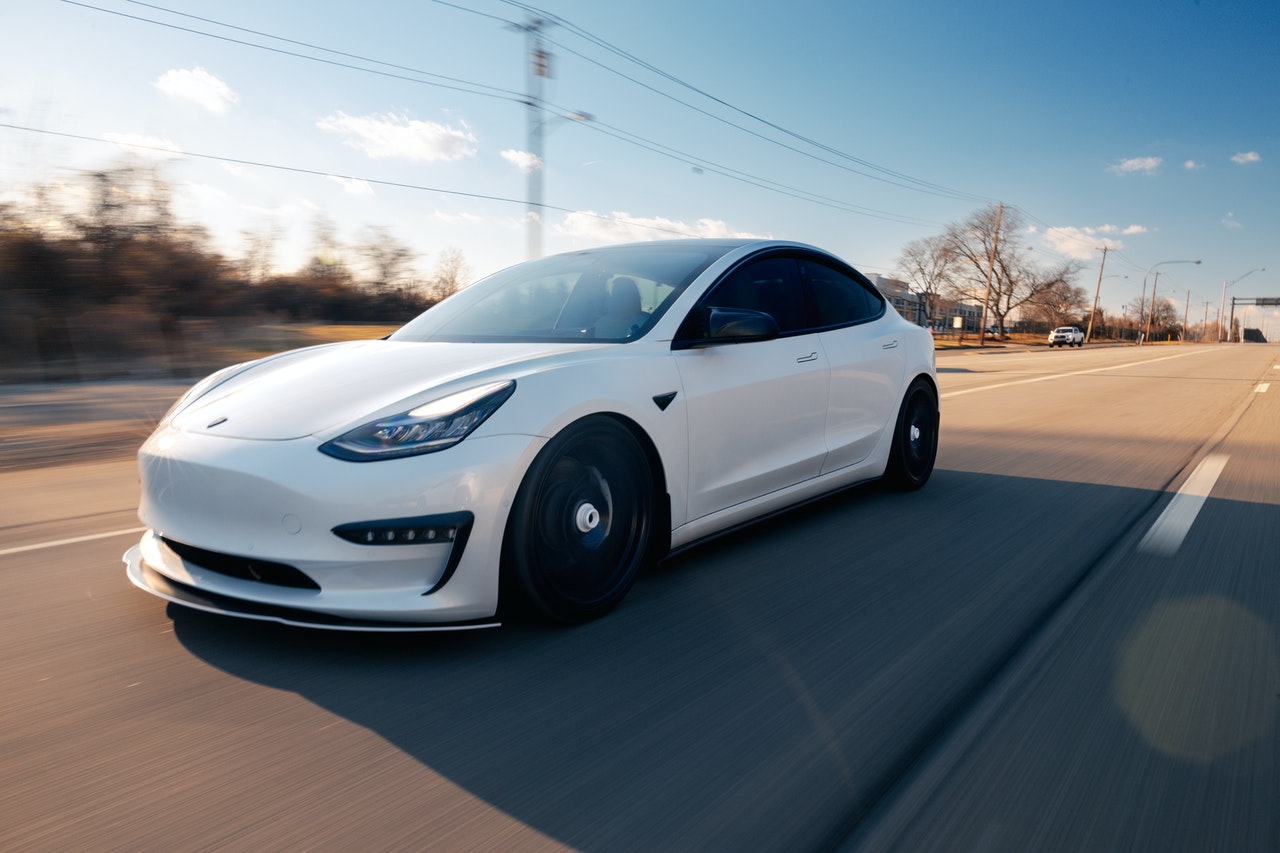
Rechargd.com is reader supported. We may collect a share of sales or other compensation from the links on this page. As an Amazon Associate, we earn from qualifying purchases.
When it comes to buying a car, one of the first things most people consider is mileage. Traditionally, higher mileage on a vehicle means more wear and tear, decreasing its value and potentially leading to costly repairs down the road. But with the rise of electric vehicles (EVs), particularly Tesla, you might wonder if mileage still holds the same importance.
Mileage matters with a Tesla, but not as much as with gas-powered cars. While higher mileage can affect battery life and wear on components, Tesla’s robust design and lower maintenance requirements help mitigate these issues. Battery health, overall condition, and warranty coverage are key factors to consider when evaluating a Tesla’s mileage.
Does Mileage Affect Battery Life?
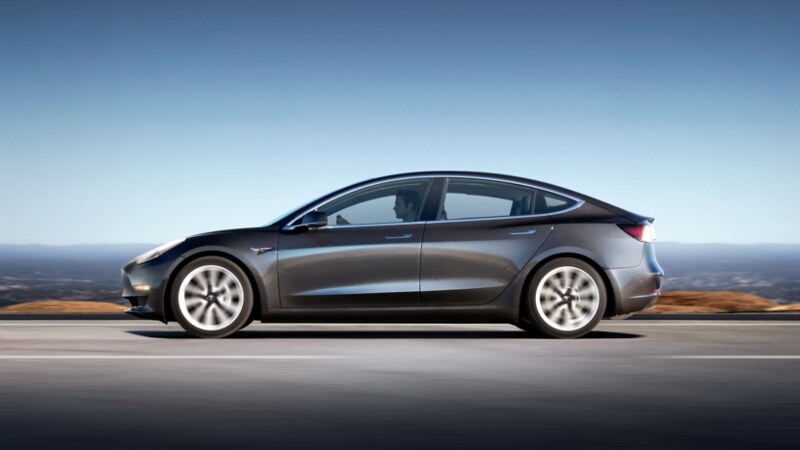
The heart of any electric vehicle, including Tesla, is its battery. The battery’s health and longevity are crucial factors that influence the overall performance and value of the car. So, let’s talk about how mileage affects a Tesla’s battery life.
Tesla uses lithium-ion batteries, which have a limited number of charge cycles (a full discharge followed by a full recharge). Generally, the more mileage a Tesla has, the more charge cycles it has gone through, which in turn, can cause some degradation in battery capacity.
However, Tesla batteries are designed to be incredibly robust, and in my experience, they tend to hold up well over time. While some degradation is expected, it’s typically minimal for most drivers. According to Tesla, their batteries should retain about 90% of their capacity after 100,000 miles, and around 80% after 200,000 miles. So, while mileage can have an impact on battery life, it’s usually not as significant as you might think.
What About Wear And Tear On Other Components?
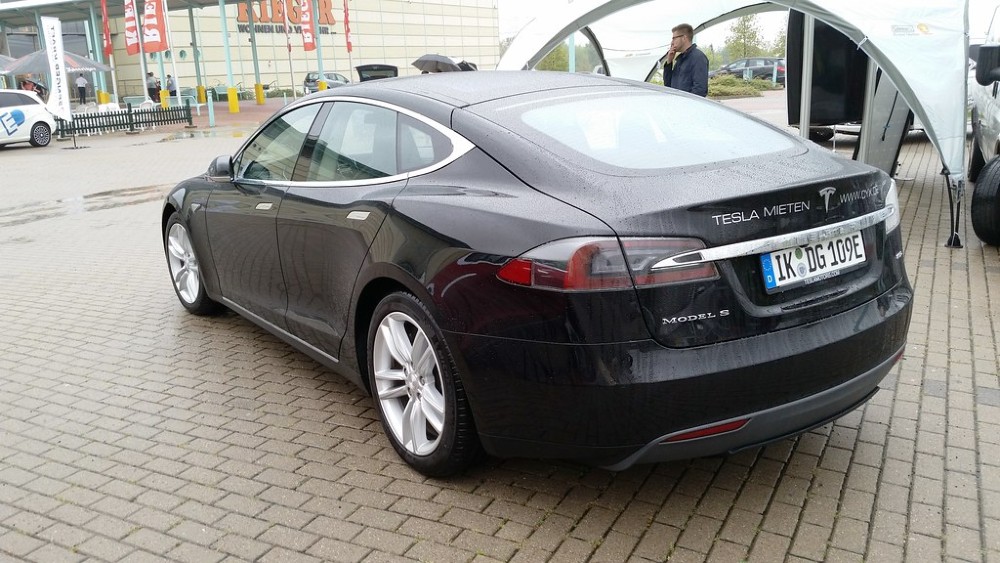
Alright, we’ve covered battery life, but what about the rest of the car? It’s true that electric vehicles have fewer moving parts than their gas-powered counterparts, which means there’s less potential for wear and tear. However, that doesn’t mean they’re entirely immune to it.
As with any car, a Tesla’s mileage can be an indicator of how much use it has seen. Higher mileage can lead to increased wear on components like tires, brakes, and suspension. However, thanks to regenerative braking, Tesla vehicles tend to experience less wear on their brake systems compared to traditional cars. Additionally, electric motors are generally more reliable and low-maintenance than internal combustion engines, which means fewer costly repairs down the line.
In summary, while mileage can have an impact on the wear and tear of a Tesla’s components, it’s often less of a concern than with gas-powered vehicles.
How Does Mileage Affect Resale Value?
Now, let’s talk money. When it comes time to sell your Tesla, does the mileage have a significant impact on its resale value? In the case of electric vehicles, depreciation is a bit more complex than with traditional cars.
While it’s true that Teslas tend to have lower depreciation rates compared to their gas-powered counterparts, mileage still plays a role in determining their resale value. That being said, factors like battery health and overall condition tend to have a more significant influence on Tesla’s value.
When buying a used Tesla, potential buyers will likely consider factors such as the remaining battery capacity, software updates, and any upgrades or modifications that have been made to the vehicle. So, while mileage may not be the primary determinant of a Tesla’s resale value, it’s still an important factor to consider.
What About Long Trips and Road Trips?
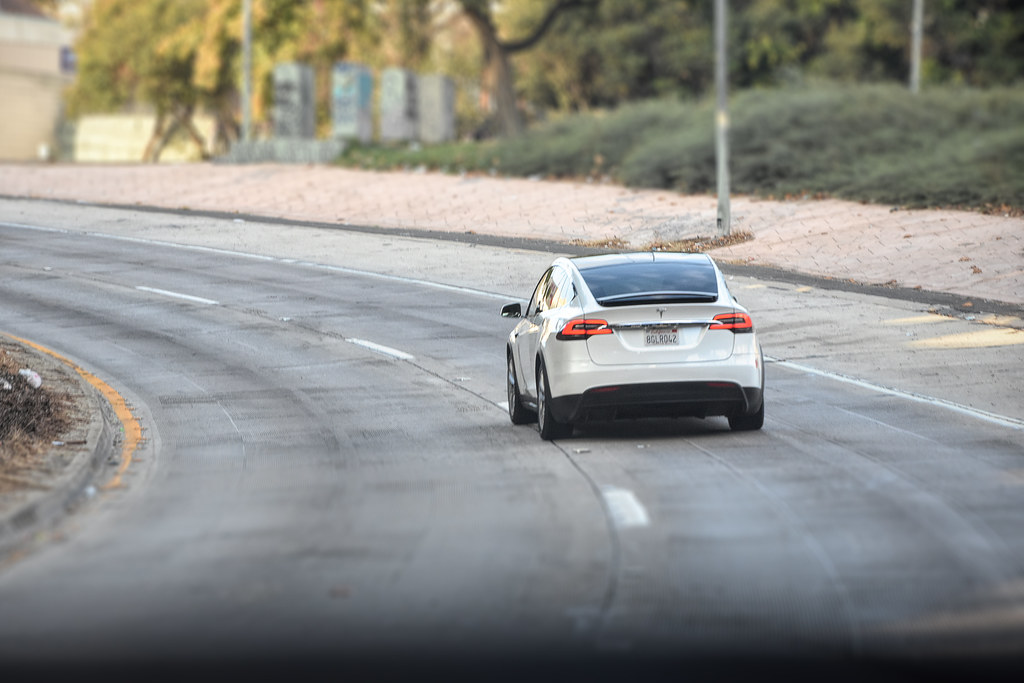
One of the key concerns people have when considering an electric vehicle is how well it will handle long trips or road trips. Range anxiety is a real concern, and it’s something that many potential Tesla owners might worry about. So, how does mileage factor into this equation?
First and foremost, it’s important to remember that Tesla’s Supercharger network has made long trips significantly more manageable. These high-speed charging stations are strategically placed along major routes, allowing Tesla drivers to quickly recharge and continue on their journey with minimal downtime.
However, as we’ve discussed earlier, higher mileage can lead to some degradation in battery capacity. This means that a Tesla with a lot of miles on the clock might have a slightly reduced range compared to a brand-new one. For most drivers, this decrease in range is unlikely to be a significant issue, as even a Tesla with 80% of its original battery capacity should still provide ample range for the vast majority of trips.
In summary, while mileage can have a minor impact on a Tesla’s range, the Supercharger network and the generally robust nature of Tesla batteries mean that long trips and road trips should still be well within the realm of possibility.
What About Warranties And Maintenance?
When it comes to warranties and maintenance, mileage is an important factor to consider. Tesla offers a comprehensive warranty for its vehicles, which includes coverage for the battery and drivetrain. For Model S and Model X, this warranty covers 8 years or unlimited miles, while for Model 3 and Model Y, the warranty covers 8 years or 100,000 to 120,000 miles, depending on the battery size.
It’s important to keep in mind that once the warranty period has ended or the maximum mileage has been reached, any repairs or replacements related to the battery or drivetrain will be the owner’s responsibility. As a result, higher mileage Teslas may have a slightly increased risk of out-of-pocket expenses related to these components.
When it comes to maintenance, Tesla vehicles generally require less routine upkeep than their gas-powered counterparts. However, there are still maintenance items to be aware of, such as tire rotations, brake fluid changes, and battery coolant replacements. The recommended service intervals for these items are often mileage-based, so higher mileage vehicles might require more frequent maintenance.
Frequently Asked Questions
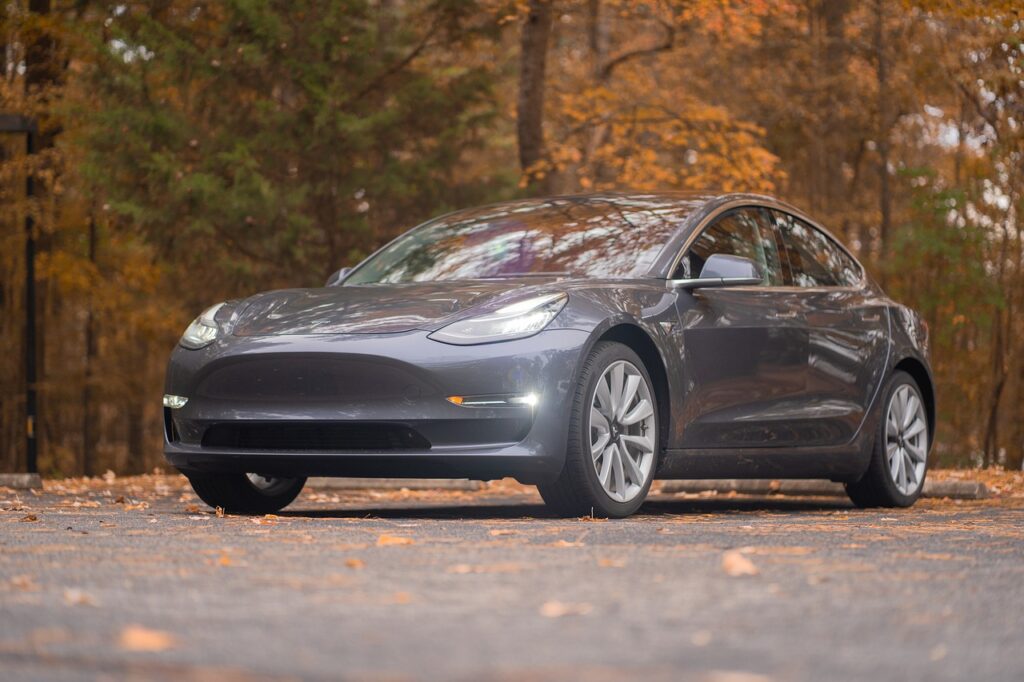
1. What is the high mileage for a Tesla?
Determining what constitutes “high mileage” for a Tesla can be somewhat subjective, as it depends on factors such as the age of the vehicle and how well it has been maintained. However, as a general rule of thumb, a Tesla with more than 100,000 miles could be considered to have high mileage. That being said, Tesla vehicles are known for their durability and longevity, and many owners report minimal issues even after surpassing the 100,000-mile mark.
It’s worth noting that Tesla batteries are designed to retain about 90% of their capacity after 100,000 miles and around 80% after 200,000 miles. While battery capacity may decrease somewhat with higher mileage, the impact on overall performance and range is often minimal for most drivers.
2. Tesla battery replacement cost?
The cost of replacing a Tesla battery can vary depending on the model and capacity of the battery. As of my knowledge cutoff date is September 2021, the estimated cost for a battery replacement ranges from $5,000 to $7,000 for a Model 3, and around $12,000 to $15,000 for a Model S or Model X. Keep in mind that these prices are subject to change, and it’s always best to consult with a Tesla Service Center for the most up-to-date pricing information.
However, it’s important to remember that Tesla batteries are designed to be highly durable and long-lasting. Most owners are unlikely to need a battery replacement within the first several years of ownership. In addition, Tesla’s warranty covers battery and drivetrain components for 8 years, with varying mileage limitations depending on the model, which can provide some peace of mind for owners concerned about potential battery replacement costs.
3. How can I maximize the life of my Tesla battery?
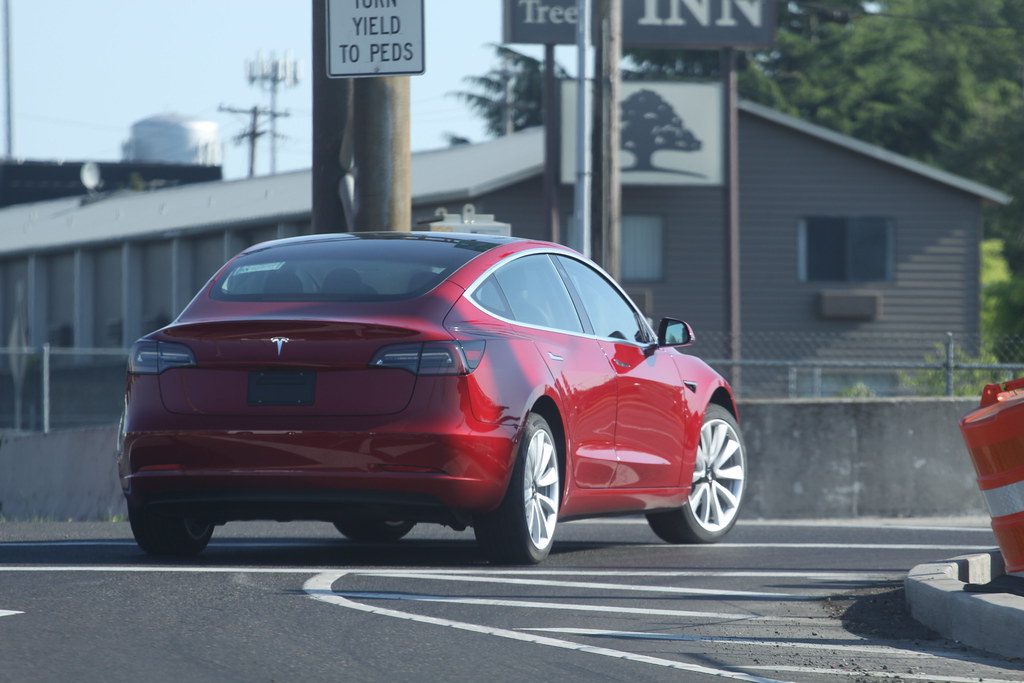
To get the most out of your Tesla battery and extend its lifespan, consider following these best practices:
- Avoid consistently charging your battery to 100%. Instead, aim for a daily charge limit of around 80-90%, and only charge 100% for long trips when an extra range is needed.
- Minimize the use of Superchargers for routine charging, as frequent high-speed charging can contribute to battery degradation over time. Use home or destination chargers whenever possible, and reserve Superchargers for long trips.
- Protect your battery from extreme temperatures. Park your Tesla in a garage or shaded area whenever possible, and use the vehicle’s built-in thermal management system to maintain an optimal battery temperature.
- Avoid letting the battery’s charge drop to very low levels (below 10%) for extended periods, as this can also contribute to battery degradation.
4. What is the cost of ownership for a Tesla compared to a gas-powered car?
The cost of ownership for a Tesla generally tends to be lower compared to a gas-powered car, thanks to several factors:
- Lower fuel costs: Electricity is typically cheaper than gasoline, and depending on your location and driving habits, you could save significantly on fuel expenses.
- Reduced maintenance: Tesla vehicles have fewer moving parts than internal combustion engine vehicles, which means less routine maintenance and fewer potential repair costs. For example, Teslas do not require oil changes, transmission fluid changes, or timing belt replacements.
- Potential incentives: Depending on your location, you may be eligible for various federal, state, or local incentives for purchasing an electric vehicle. These incentives can help offset the initial cost of a Tesla.
5. How does Tesla’s regenerative braking affect brake wear and mileage?
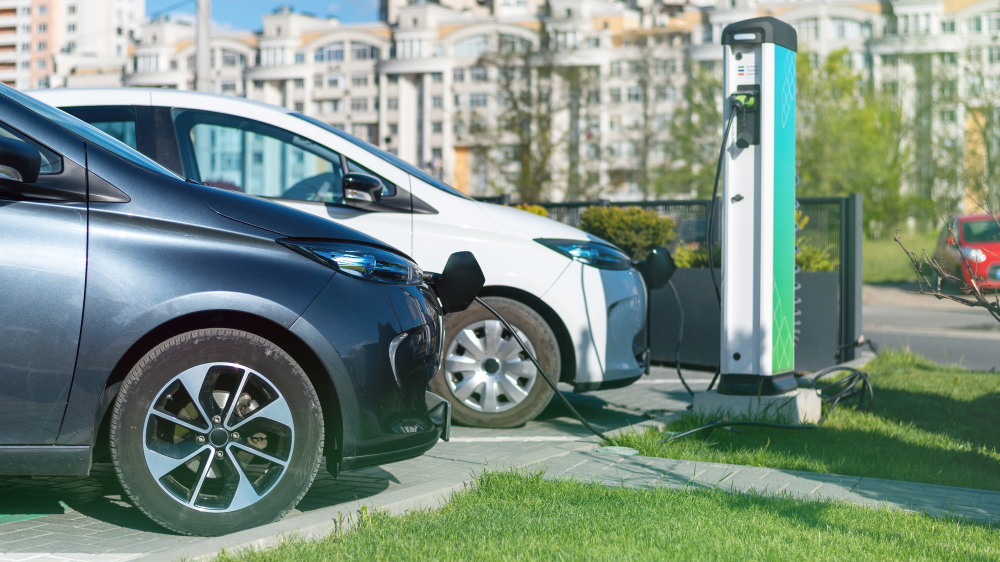
Tesla vehicles feature regenerative braking, which allows the electric motor to act as a generator when decelerating, converting kinetic energy back into stored energy in the battery. This process reduces the reliance on traditional friction brakes and helps extend their lifespan. As a result, brake pads and rotors in Tesla vehicles tend to wear more slowly compared to gas-powered cars, potentially leading to reduced maintenance costs and longer intervals between brake replacements.
6. How accurate is Tesla’s range estimate?
Tesla’s range estimate is based on the Environmental Protection Agency (EPA) test cycle and provides a good general idea of the potential range under optimal conditions. However, the real-world range can be influenced by factors such as driving habits, terrain, weather conditions, and the use of climate control systems. In some cases, drivers may experience slightly less range than the EPA estimate, while others might achieve better results depending on their specific driving conditions.
7. Can I improve my Tesla’s range with higher-mileage tires?
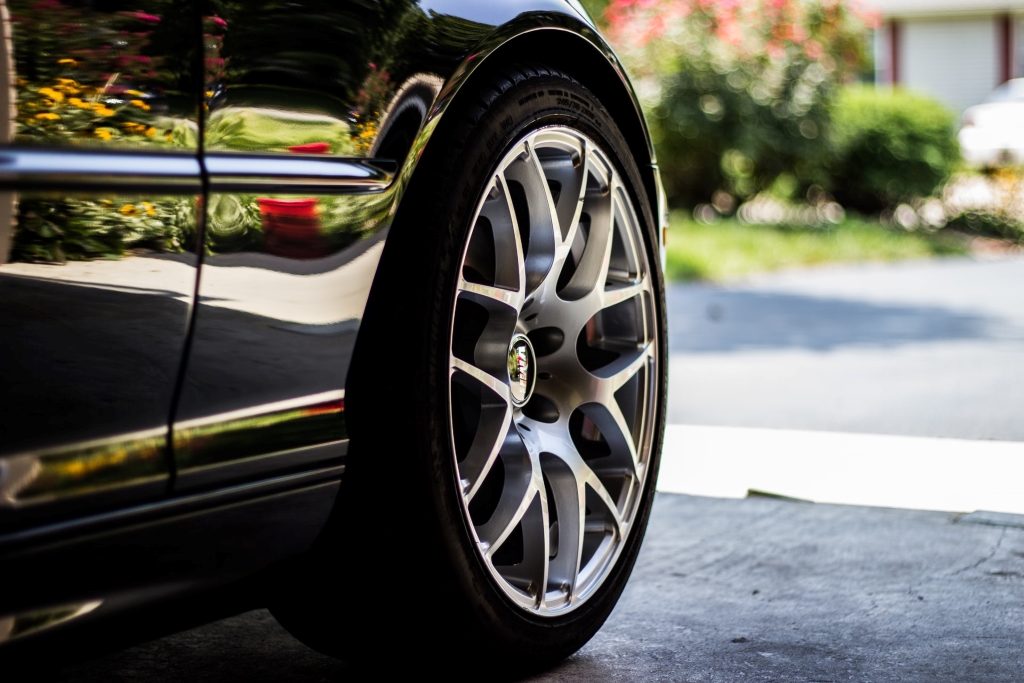
Tire choice can have an impact on your Tesla’s range. Low-rolling-resistance tires are designed to minimize the energy needed to keep the vehicle moving, which can help increase range. When it’s time to replace your tires, you might consider choosing low-rolling-resistance options that are compatible with your Tesla model to maximize range potential.
Keep in mind, however, that factors like tire pressure and alignment also play a role in range efficiency. Regularly checking tire pressure and ensuring proper alignment can help maintain optimal range regardless of the type of tire you choose.
8. Does Tesla offer any software features to help extend the range or manage mileage?
Tesla provides several software features to help drivers optimize their range and manage their vehicle’s mileage. Some of these features include:
- Range Mode: This setting reduces energy consumption by optimizing the climate control system and limiting power output, which can help extend the vehicle’s range.
- Trip Planner: Tesla’s built-in navigation system can help plan trips with optimal charging stops, taking into account factors like range, charging station availability, and potential wait times at Superchargers.
- Scheduled Charging: This feature allows you to set a charging schedule for your Tesla, which can help you take advantage of off-peak electricity rates and minimize battery degradation by only charging to the necessary level for your daily driving needs.
By utilizing these features, Tesla drivers can better manage their vehicle’s mileage and make the most of their electric driving experience.
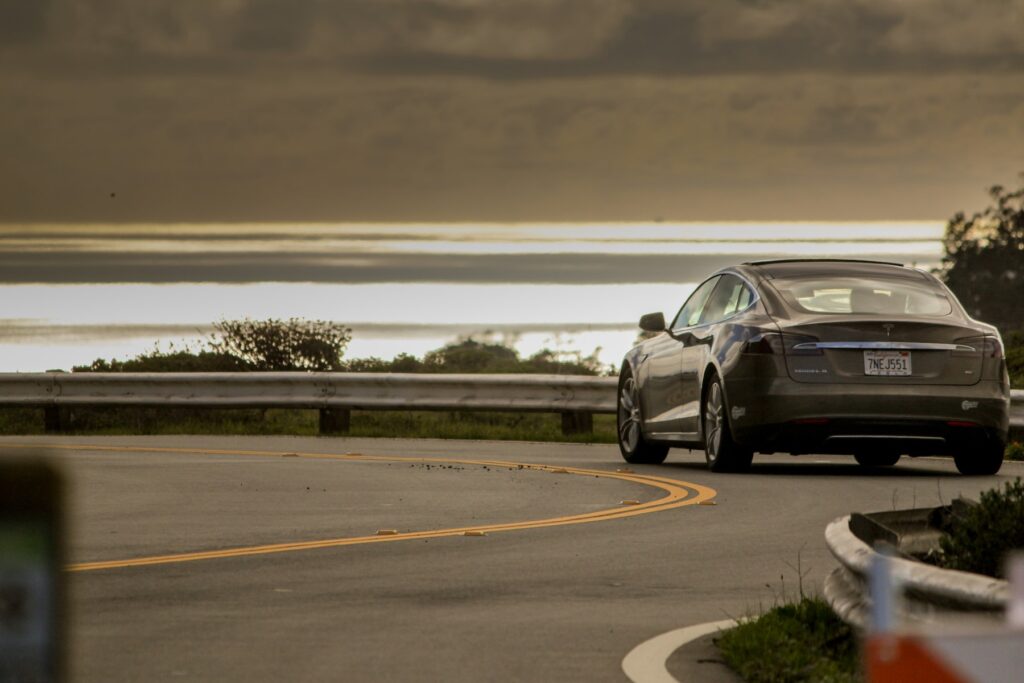
So, Does Mileage Matter As Much With A Tesla?
When considering a Tesla, it’s essential to weigh the various factors we’ve discussed, such as battery health, overall condition, and warranty coverage. Mileage is just one piece of the puzzle, and while it’s an important consideration, it shouldn’t be the sole determinant of whether or not a Tesla is a right choice for you.
In the end, whether you’re buying a new or used Tesla, the most important thing is to do your research, ask questions, and carefully consider your options. With the right information and a little bit of patience, you can find the perfect Tesla to suit your needs and enjoy the many benefits that come with owning an electric vehicle.
References:
- Tesla, Inc. (2021). Electric Vehicle Battery Degradation and Reliability. Retrieved from https://www.tesla.com/support/battery-degradation-and-reliability
- U.S. Department of Energy. (n.d.). Electric Vehicle Charging. Retrieved from https://www.energy.gov/eere/electricvehicles/electric-vehicle-charging
- U.S. Department of Energy. (n.d.). Regenerative Braking. Retrieved from https://www.energy.gov/eere/electricvehicles/regenerative-braking
- Environmental Protection Agency. (n.d.). All-Electric Vehicles. Retrieved from https://www.fueleconomy.gov/feg/evtech.shtml
- MyElectricCarForums. (2021). Tesla Model S/X/3/Y Warranty Information. Retrieved from https://www.myev.com/research/ev-101/tesla-model-sx3y-warranty-information
